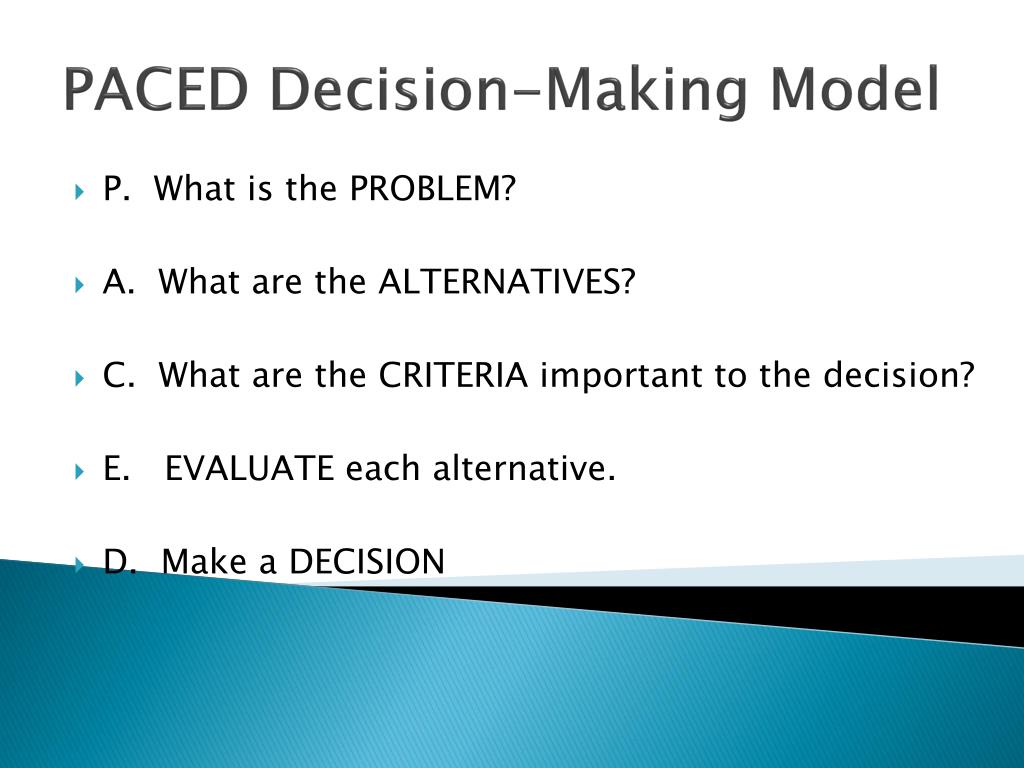When it comes to making decisions, especially important ones, having a structured approach can help ensure that the best choice is made. The paced decision-making process is a method that breaks down decision-making into manageable steps, allowing for a thoughtful and thorough analysis before coming to a conclusion. In this process, the third step plays a crucial role in guiding individuals towards making informed decisions.
The third step in the paced decision-making process is to evaluate the alternatives. This step involves assessing the different options available and weighing the pros and cons of each. It requires a careful consideration of the potential outcomes of each alternative and how they align with the desired goals and objectives.
When evaluating alternatives, it is important to gather all relevant information that can help in making an informed decision. This may include conducting research, seeking advice from experts, and considering past experiences. By having a comprehensive understanding of each alternative, individuals can make a more accurate assessment of their potential outcomes.
Furthermore, evaluating alternatives also involves considering the potential risks and uncertainties associated with each option. This step requires individuals to anticipate possible challenges and setbacks that may arise from choosing a particular alternative. By being aware of these risks, individuals can better prepare for them and develop contingency plans to mitigate their impact.
Another aspect of evaluating alternatives is to consider the long-term implications of each option. This involves looking beyond the immediate outcomes and assessing how each alternative may impact future decisions and goals. By taking a holistic view of the alternatives, individuals can make choices that are not only beneficial in the short term but also align with their overall objectives.
It is important to note that the process of evaluating alternatives should be done objectively and without bias. Individuals should strive to consider all alternatives equally and base their assessment on facts and evidence rather than personal preferences or emotions. This can help ensure that the decision-making process is rational and logical, leading to a more effective outcome.
Overall, the third step in the paced decision-making process is a critical stage that sets the foundation for making a well-informed decision. By carefully evaluating the alternatives, individuals can assess the potential outcomes, risks, and long-term implications of each option, leading to a more strategic and effective decision-making process.
Keywords: - the third step in the paced decision-making process is to evaluate the alternatives - paced decision-making process step 3 - how to evaluate alternatives in decision-making - importance of evaluating alternatives in decision-making - tips for evaluating alternatives effectively - making informed decisions through alternative evaluation - benefits of evaluating alternatives in decision-making - structured approach to evaluating alternatives - enhancing decision-making through alternative assessment - critical role of evaluating alternatives in decision-making
Dan Wheldon Net Worth: A Look At The Late Racing Champion's Wealth
Nissa Burkhalter: A Rising Star In The Fashion Industry
Who Is Heather Brookes?


